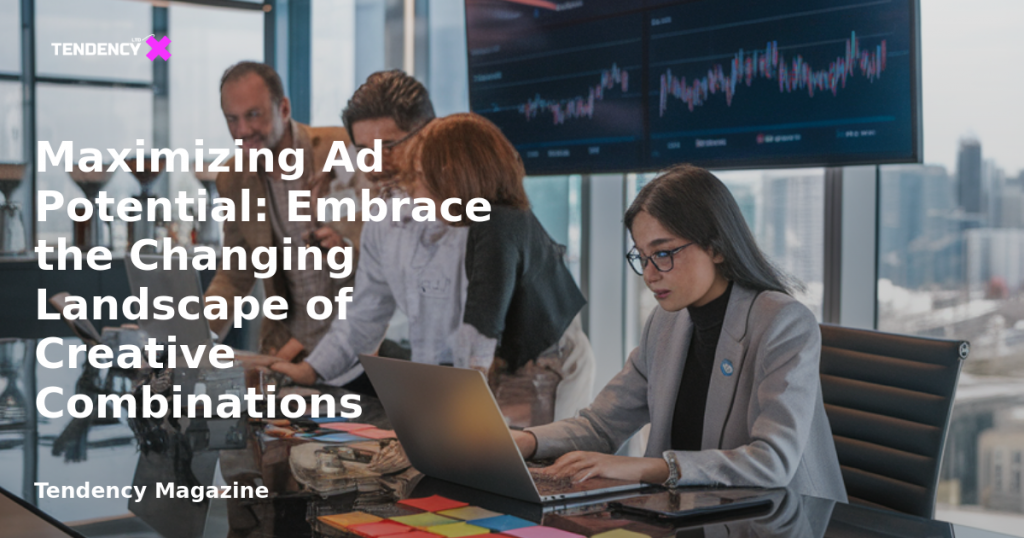Maximizing Ad Potential: Embrace the Changing Landscape of Creative Combinations

Introduction
In the dynamic world of digital advertising, the landscape of creative combinations is continuously evolving. As businesses strive to capture the attention of their target audiences, understanding how to maximize ad potential has become more crucial than ever. Advertisers must adapt to these changes, recognizing the impact on their roles and strategies.
Table of Contents
- The Simplicity of Past Ad Creation
- The Modern Approach to Ad Combinations
- Embracing AI and Automated Enhancements
- The Importance of Ad Adaptability
- Conclusion
The Simplicity of Past Ad Creation
In the not-so-distant past, creating ads was a straightforward process. Up until 2017, advertisers adhered to a simple formula: one image or video, one primary text, one headline, and one description. This approach resulted in a single, static ad combination that was deployed across various placements. The simplicity of this method made it easy for advertisers to identify what worked and what didn’t, allowing for straightforward optimization.
However, this one-size-fits-all approach had its limitations. It lacked the flexibility to tailor ads to different audiences and placements, often resulting in missed opportunities for engagement and conversion.
The Modern Approach to Ad Combinations
Fast forward to today, and the landscape of ad creation has transformed dramatically. Advertisers now have the ability to craft ads with multiple creative elements, resulting in a multitude of potential combinations. For instance, an ad can now include one image, five variations of primary text, and five different headlines. This seemingly modest setup already yields 25 potential combinations.
For those who are adept at leveraging these tools, replacing an image with a video for video-centric placements like Reels doubles the potential combinations to 50. This flexibility allows advertisers to experiment with different creative assets, optimizing for engagement across various platforms.
Embracing AI and Automated Enhancements
The introduction of AI-generated text recommendations has further expanded the possibilities. By incorporating AI-generated primary text and headlines, advertisers can significantly increase the number of creative combinations. With an additional five primary text and five headlines, the number of potential combinations skyrockets to 400.
Moreover, utilizing different aspect ratios tailored to specific placements enhances the adaptability of ads. When combined with Meta’s Advantage+ Creative enhancements, the potential combinations can reach into the thousands. This level of customization ensures that ads resonate with diverse audiences, maximizing their impact.
The Importance of Ad Adaptability
In this new era of advertising, the role of an advertiser has shifted from simply identifying the best-performing combination to managing a dynamic ecosystem of creative assets. The focus is no longer on isolating a single high-performing ad but on understanding that success is derived from multiple high-performing combinations.
This adaptability is crucial in today’s fast-paced digital environment. Advertisers must embrace the complexity of modern ad creation, recognizing that the ability to test and iterate on countless combinations is a powerful tool. By doing so, they can optimize their campaigns for better performance and greater reach.
Conclusion
The changing landscape of creative combinations in digital advertising presents both challenges and opportunities. As advertisers, embracing these changes is essential to maximizing ad potential. By leveraging the power of multiple creative assets, AI-generated enhancements, and automated tools, businesses can create ads that are not only engaging but also adaptable to the ever-evolving preferences of their target audiences. In this dynamic environment, the ability to innovate and adapt is key to staying ahead in the competitive world of digital marketing.
2025 Tendency LTD. All rights reserved.

